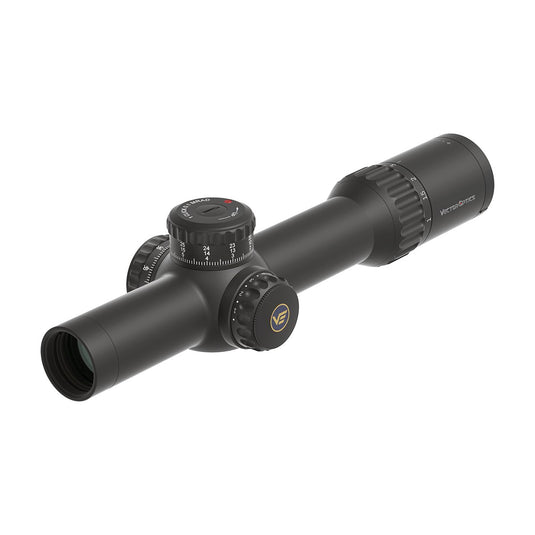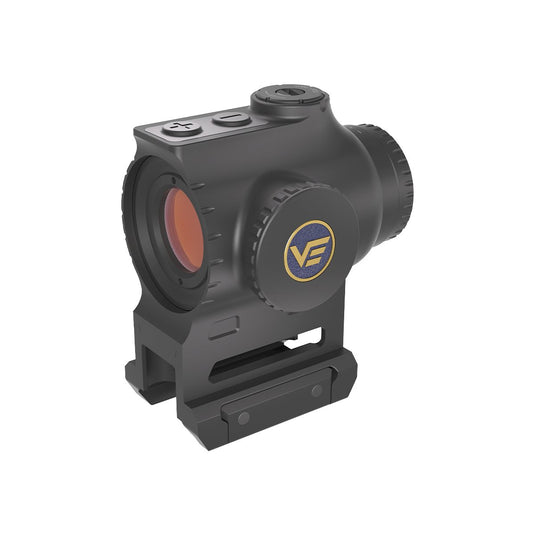
The benefits of the Aspheric Lens
What is the Aspheric Lens?
The aspheric lens features a non-spherical lens surface with varying curvatures across its surface, which enhances optical performance compared to the conventional spherical lens.In contrast to it, the traditional spherical lens has a uniform curvature across its surface, which is typically spherical.

Check our video to learn more about the aspheric lens
Vector Optics | Aspheric Lens —— Frenzy-X GenII 1x19x28 & 1x19x26 MRS (SCRD-64 & SM64)
Aspheric Lens' Advantages:
Correction of Spherical Aberrations- Aspheric lenses are designed to mitigate spherical aberrations, which induce blurriness or distortion in images, by reshaping the lens surface. This leads to crisper and more defined images with enhanced resolution.
Enhanced Image Quality- Aspheric lenses contribute to superior image quality, delivering sharper, clearer visuals and heightened resolution.
Compact and Lightweight Optical Systems- Aspheric lenses enable optical systems to achieve reduced dimensions and weight by addressing multiple aberrations through a single lens.
Mitigation of Chromatic Aberrations- Aspheric lenses minimize chromatic aberrations, where different wavelengths of light focus at varied points, resulting in a prismatic effect along image edges.
Improved Precision and Uniformity of Focus- Aspheric lenses enhance the precision and uniformity of focus across all light wavelengths, ensuring a more precise and consistent image.
Aspheric lens enhances image quality, minimize lens size, and boost system efficiency. Our Aspheric lenses red dot optics deliver a clearer, sharper reticle with reduced parallax, minimal distortion, and true 1x magnification.
Aspheric Lens' Disadvantages:
Complex Design and Production- Making aspheric lenses is more complicated and costly than making spherical lenses.
Delicate Construction- Aspheric lenses are usually thinner and lighter than spherical lenses, so they break more easily.
Precision Needs- Aspheric lenses must be precisely aligned and meet strict standards during manufacturing, which can make production more expensive and less efficient.
Availability Limits- Aspheric lenses might not come in all sizes or types, so they can't always be used for every purpose.

Whether to use aspheric lenses or spherical lenses depends on the specific application needs and the balance between their benefits and limitations.
Check VE's Aspheric Lenses Red Dot Sights with superior optical performance, distortion-free image.
































